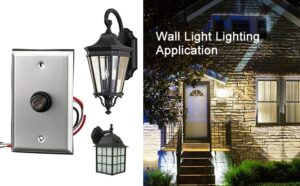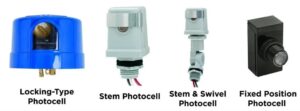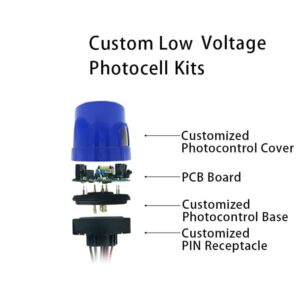6 Quality Control Processes + 7 Customer Confidence Strategies: Decoding the Excellent Quality of Long-join Optical Inspection Equipment
Introduce
In the world of street lighting outdoor systems and photocell sensor LED street lights, product reliability isn’t optional—it’s everything. At Long-join Electronics, ensuring top-quality performance and building customer confidence go hand-in-hand. This article explores the core quality control processes and trust-building strategies that make Long-join a trusted manufacturer of photocell equipment and intelligent lighting controllers.
What Makes Raw Material Selection Crucial for Quality?
Before any assembly begins, Long-join focuses on the very first building block—materials. Subpar components can cause major issues, from poor conductivity to short lifespans in photo cell sensors. That’s why Long-join’s raw material quality control starts before items even reach the factory floor.
By controlling the source, Long-join sets a firm foundation for high-performing light photocell sensors and controllers.
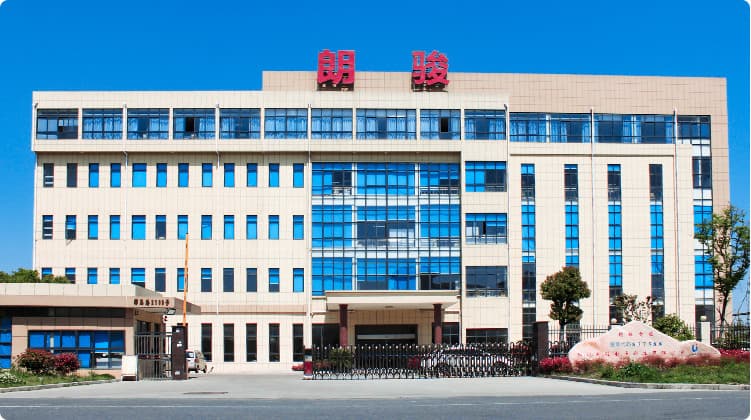
How Does Automated Photocell Production Improve Stability?
Many failures in outdoor electronics trace back to inconsistent soldering, loose connectors, or poorly aligned parts. Long-join tackles this with advanced automated production lines. This reduces errors and ensures that each photocell control meets consistent technical standards.
|
Feature |
Benefit |
|
CNC Machining & SMT |
Guarantees uniform soldering and part alignment |
|
Workflow Monitoring |
Tracks data at each stage to detect variations early |
|
Standard Operating Procedures |
Keeps all output aligned to strict tolerances |
This consistent process ensures every photoelectric sensor or dusk to dawn photocell produced meets exact specs.
How Are Critical Steps Monitored During Manufacturing?
Tiny mistakes during assembly—like misalignment or solder cracks—can lead to big product failures later. To prevent this, Long-join uses a combination of machines and expert engineers to closely monitor critical steps in production.
|
Monitoring Tools |
Purpose |
|
Automated Calibration Devices |
Checks signal accuracy and switching response |
|
Debug Stations |
Engineers inspect and fine-tune real-time behavior |
|
Visual Inspection |
Ensures no solder bridging or terminal defects |
This vigilance is key to producing reliable photocell lighting sensors that last in extreme conditions.
What Kind of Product Testing Guarantees Functionality?
Testing is not optional—it’s built into the manufacturing process at Long-join. Without proper testing, a photocell switch might fail under real-world voltage changes or moisture.
|
Test Type |
What It Checks |
|
100% Function Test |
Ensures each product switches on/off correctly under various light conditions |
|
Dielectric Strength Test |
Checks insulation resistance to avoid breakdowns |
|
Monthly Lab Sampling |
Stress tests under UL773, ANSI C136.10 and more |
Why Are Certifications So Important in This Industry?
Certifications aren’t just paperwork. They ensure your product can be safely used in public spaces and meet international expectations. For clients bidding on public lighting contracts, certified components are often mandatory.
Certification | What It Means |
UL, CE, ISO | Aligns with global standards for safety and quality |
ANSI C136.41 / UL773 | Confirms industry interoperability and performance |
Customers gain confidence knowing Long-join’s photo control systems are globally recognized.
How Does Long-join Handle Continuous Improvement?
Even after the product is built and shipped, Long-join keeps listening. Customer complaints, if any, are taken seriously. They’re used not just to fix but to improve future products.
Activity | Purpose |
Customer Feedback | Gathered post-sale for insights |
Internal Audits | Regular checks across all departments |
Employee Training | Keeps teams updated with evolving standards |
These efforts keep Long-join’s lighting control products evolving with the market.
How Does Long-join Handle Continuous Improvement?
Even after the product is built and shipped, Long-join keeps listening. Customer complaints, if any, are taken seriously. They’re used not just to fix but to improve future products.
|
Activity |
Purpose |
|
Customer Feedback |
Gathered post-sale for insights |
|
Internal Audits |
Regular checks across all departments |
|
Employee Training |
Keeps teams updated with evolving standards |
These efforts keep Long-join’s lighting control products evolving with the market.
How Does Long-join Build Customer Trust?
Let’s shift to the second core of Long-join’s success: customer confidence strategies.
Trust doesn’t come from marketing—it comes from consistent actions. Here’s how Long-join turns technical transparency into customer loyalty.
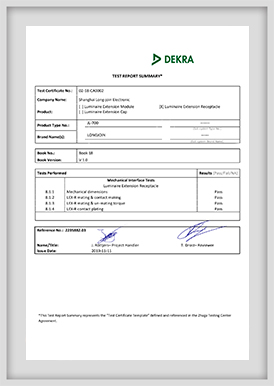
Can Customers View Certification and Inspection Reports?
If you’ve ever doubted whether a product lives up to its claims, you’re not alone. Long-join eliminates that doubt by providing proof.
Customers can request:
- Certification reports
- Internal test results
- Compliance sheets (UL/CE)
Transparency is the first step to trust.
How Can You Visit or Tour the Factory?
Wondering how your photo switch sensor is really made? Long-join invites you to see for yourself.
Customers can:
- Schedule an on-site visit
- Join a virtual factory tour via video
- Get walkthroughs of each QC stage
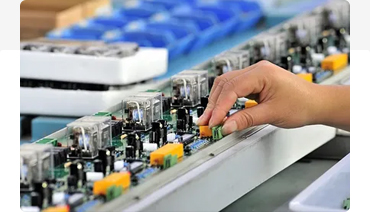
This openness reassures clients, especially when sourcing photocell lighting sensors for high-risk outdoor applications.
How Does Long-join Ensure Traceability?
Every Long-join device includes a traceable code. This means no guesswork about where or when your unit was made.
You get:
- Full manufacturing history access
- Quick issue tracing in case of a fault
- Warranty validation with accuracy
It’s more than a number—it’s peace of mind.
What Kind of Support and Training is Provided?
Technical support shouldn’t end after purchase. Long-join ensures that clients installing automatic light sensor products have everything they need.
Support includes:
- User guides
- Remote or on-site training
- Technical team access for product setup
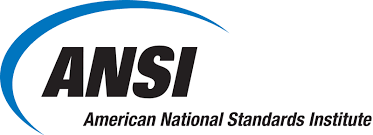
This is especially important for dusk-to-dawn photocell sensor users who need reliable setup assistance.
Who Are Long-join’s Global Partners?
A product is only as credible as the company it keeps. That’s why Long-join’s partnerships speak volumes.
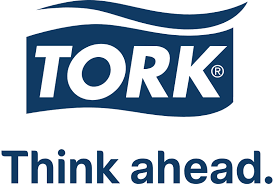
How Does Online Presence Build Transparency?
Long-join goes beyond brochures. On platforms like LinkedIn and YouTube, they show you the real production floors, test benches, and even the people behind your photocell 220v controller.
What Customization and Warranty Options Are Offered?
Sometimes, your needs don’t fit into a standard box. Whether it’s voltage adjustments or socket compatibility, Long-join’s team can design around your project.
Conclusion
Long-join’s six-layer quality control system and seven customer confidence strategies ensure that every photoelectric device they produce exceeds market expectations. With strong partnerships, transparent practices, and technical excellence, Long-join has built a foundation of trust across global markets.
External Links:
*https://en.wikipedia.org/wiki/Quality_management_system *https://en.wikipedia.org/wiki/Cree
*https://www.philips.com/global
*https://www.torkglobal.com/
*https://www.seacomp.com/resources/oem-vs-odm-manufacturing
*https://flowdit.com/quality-control-process-steps/


